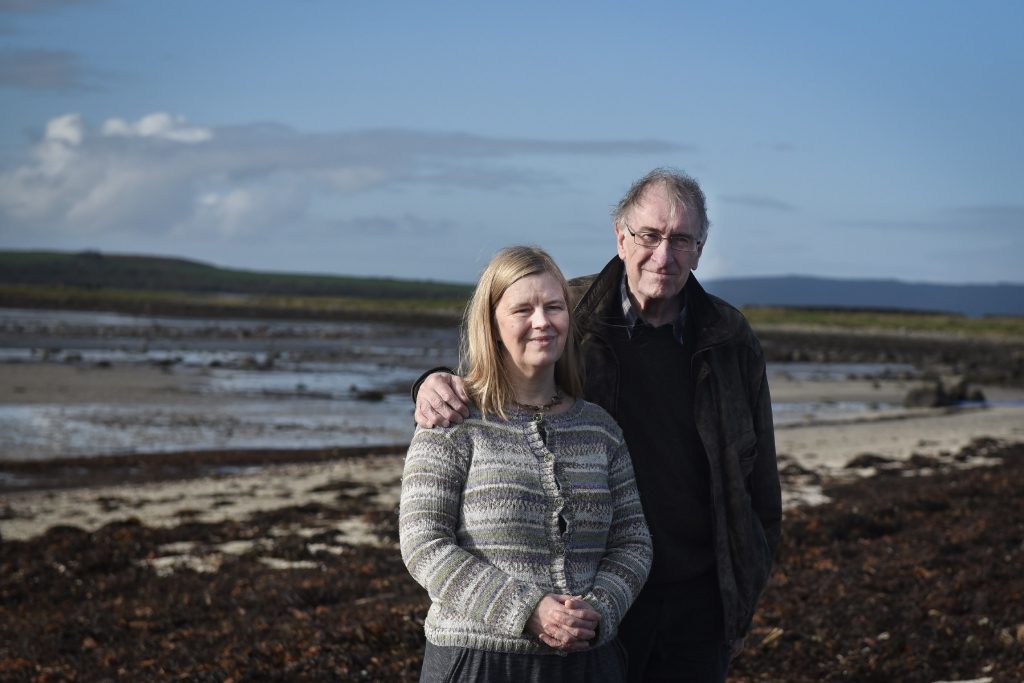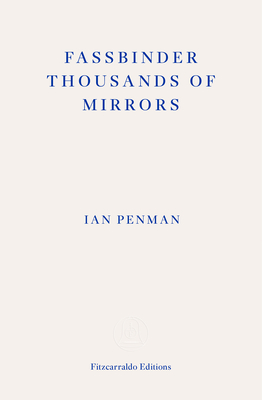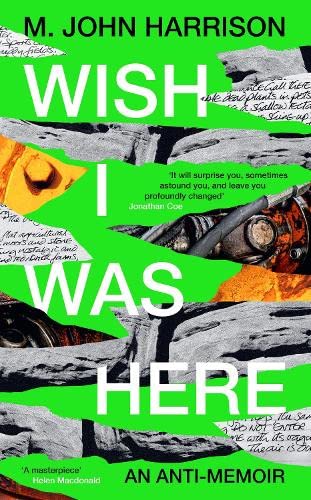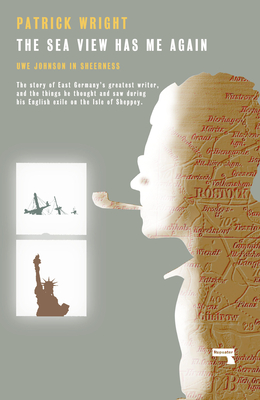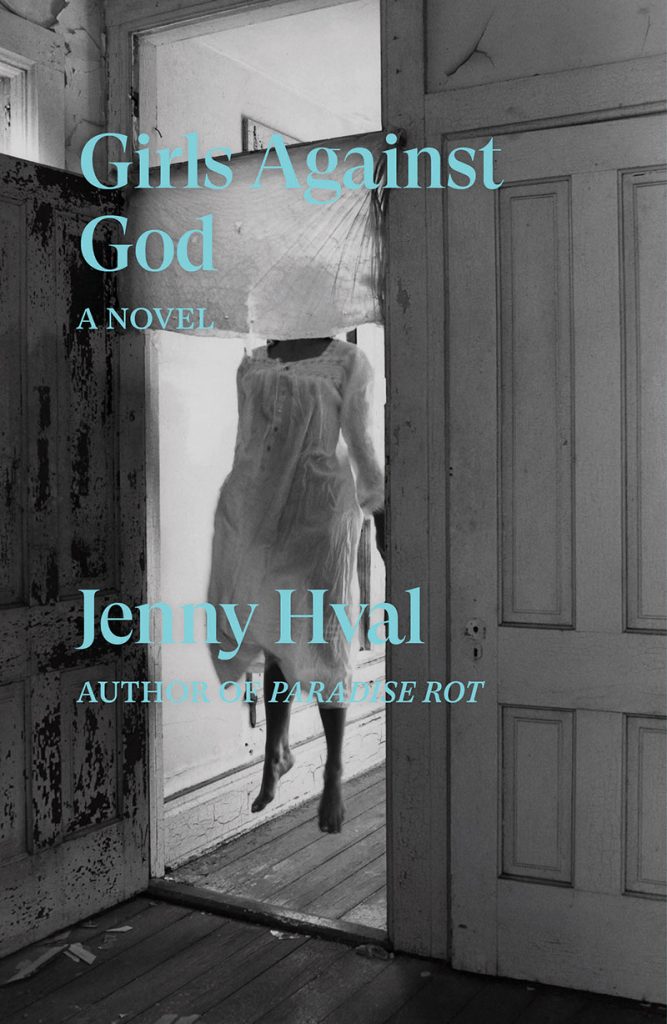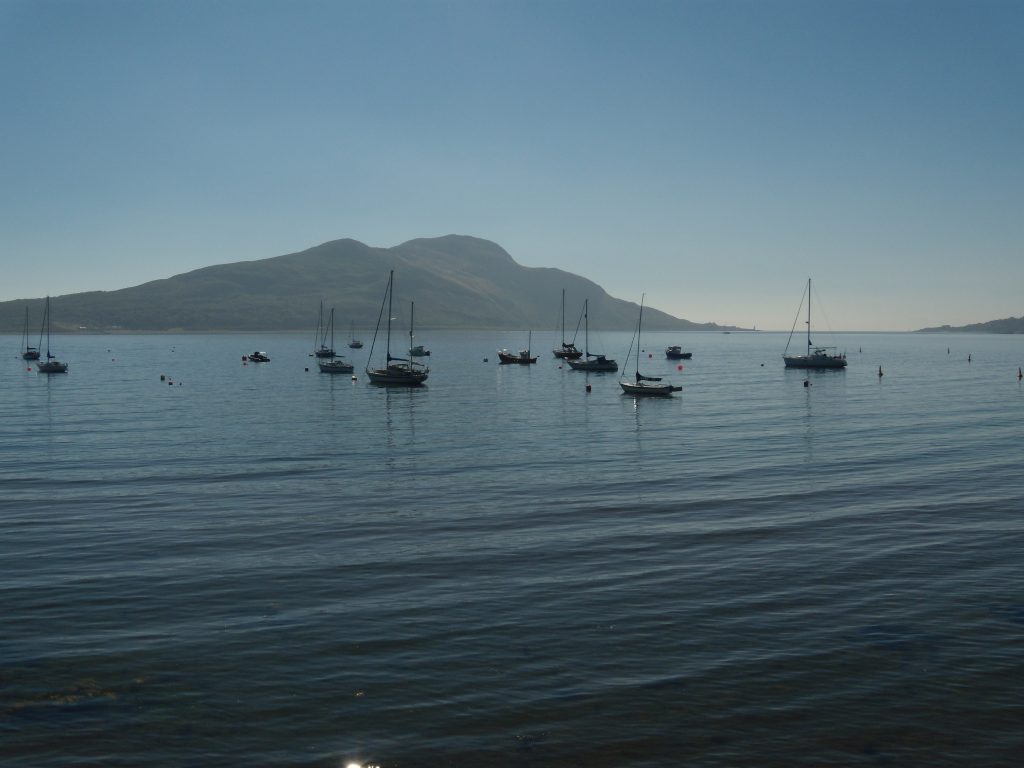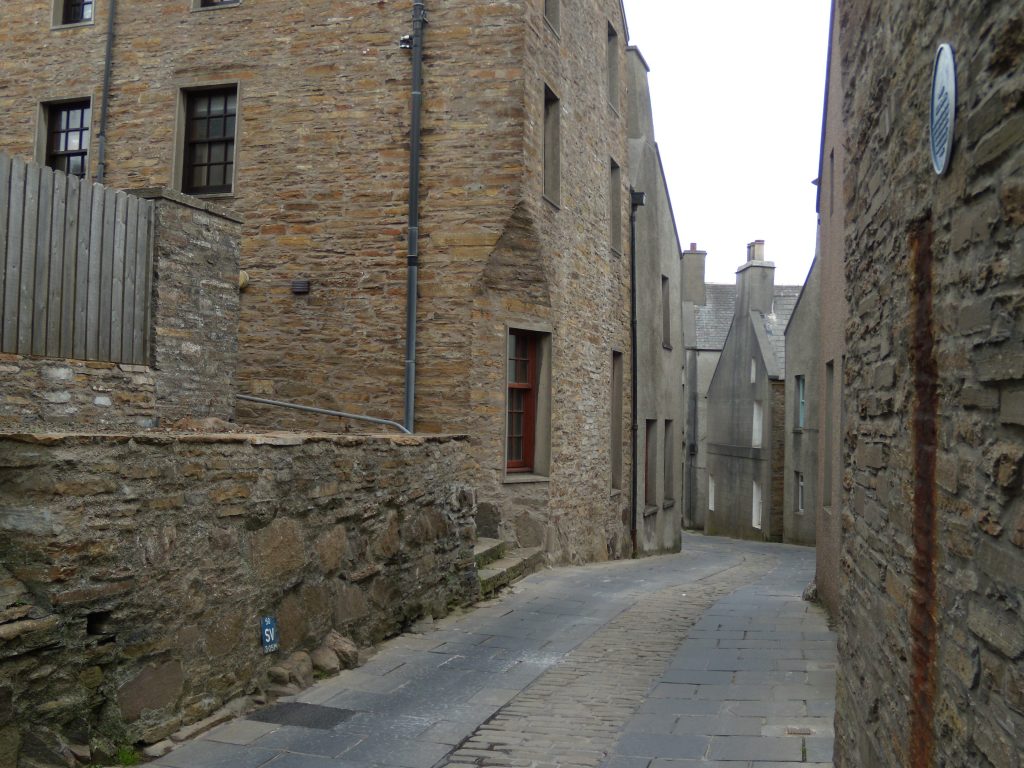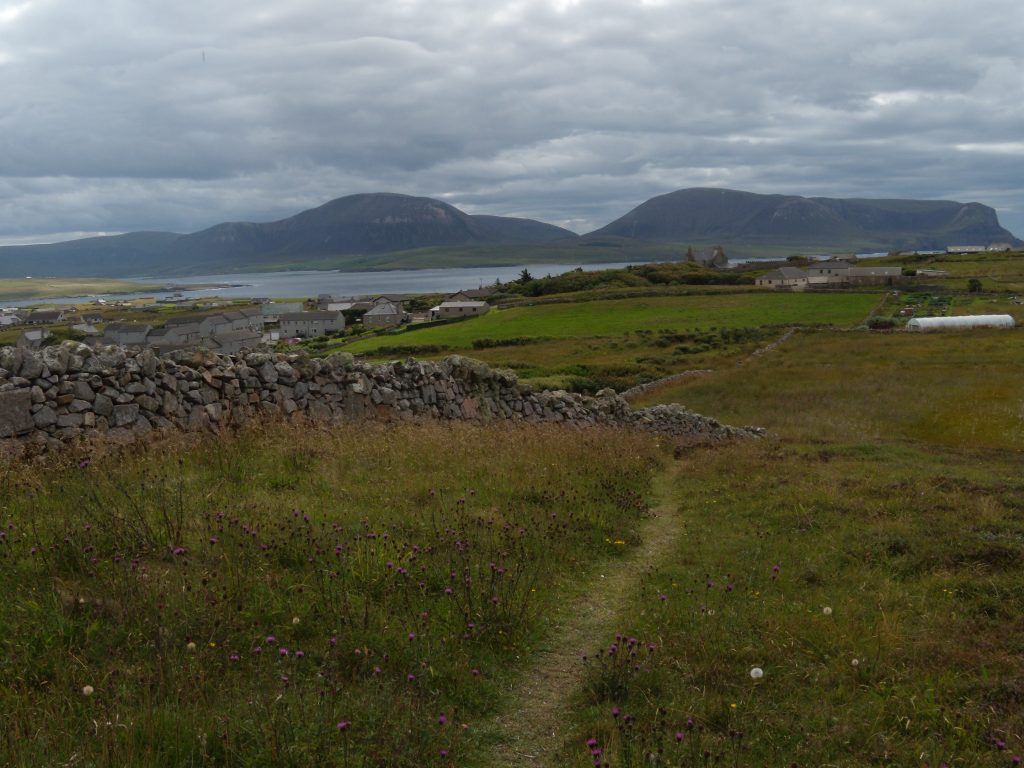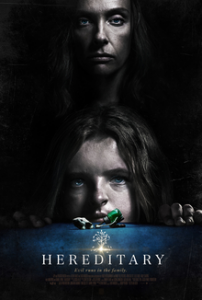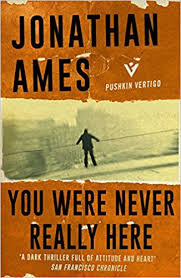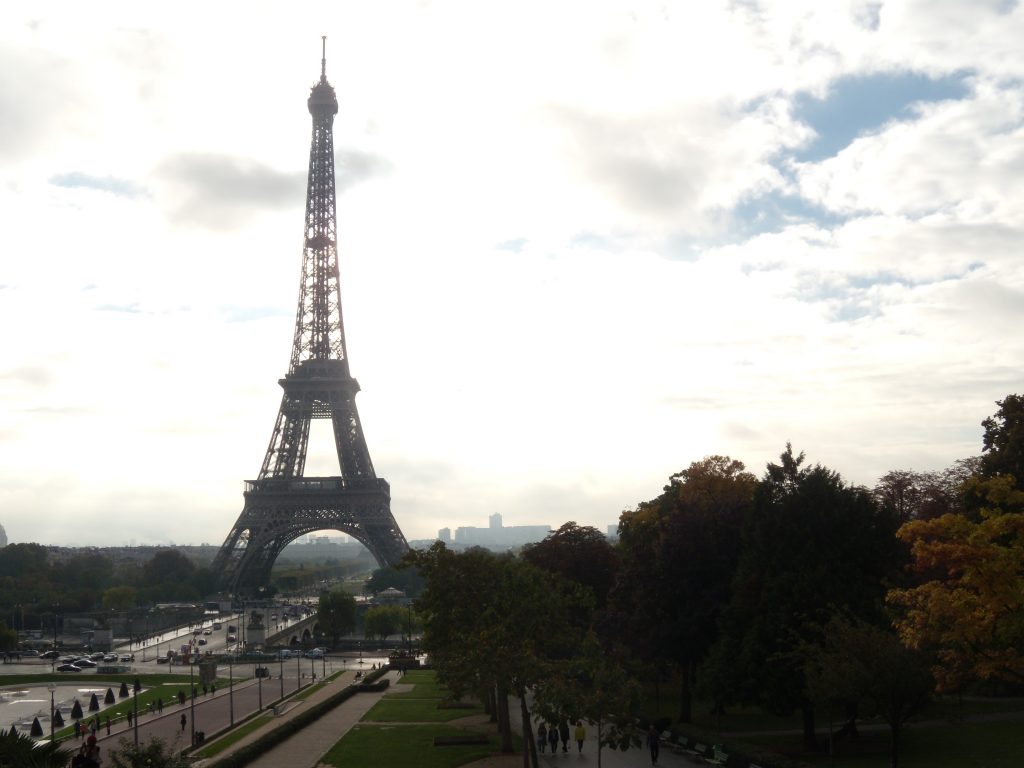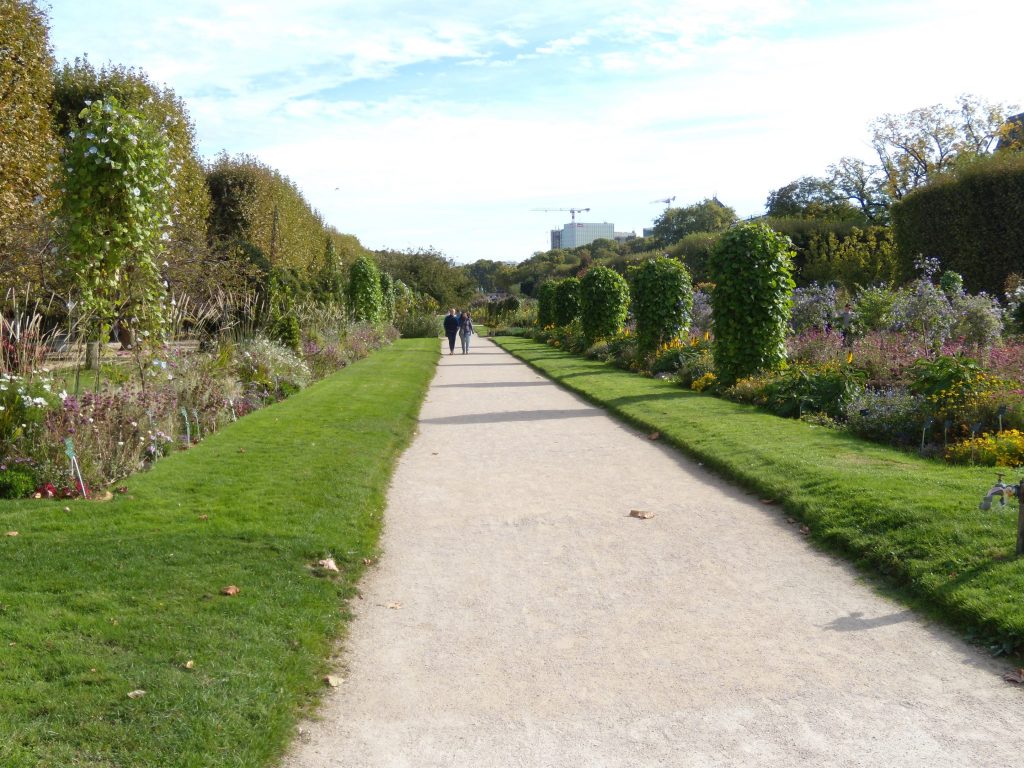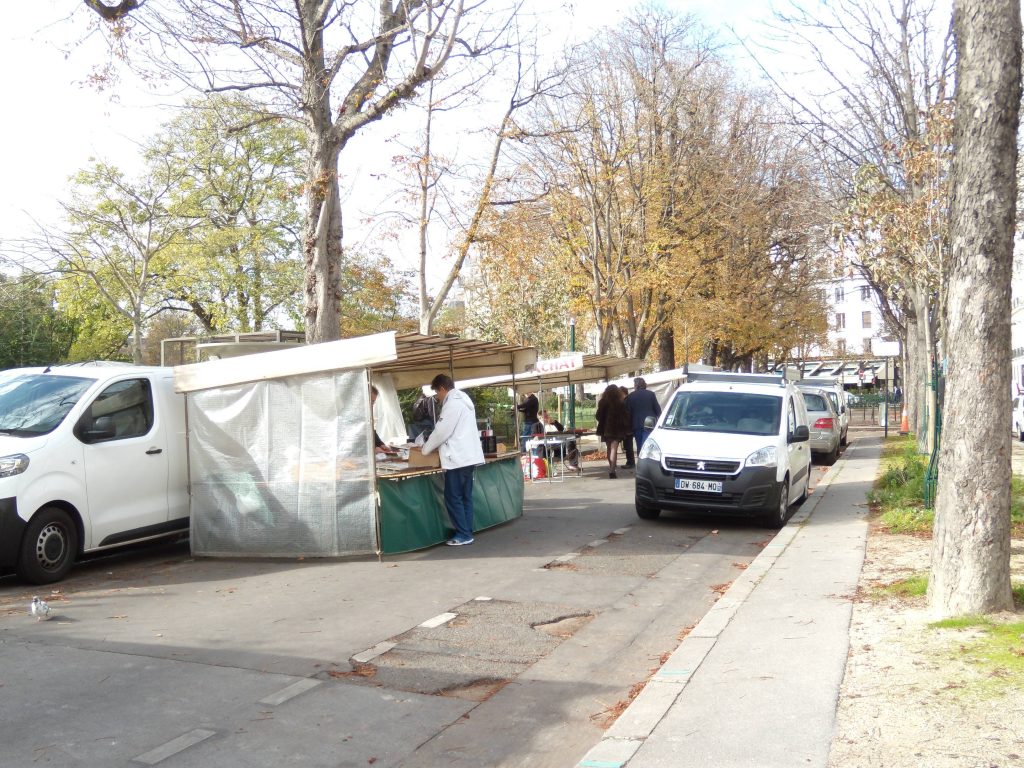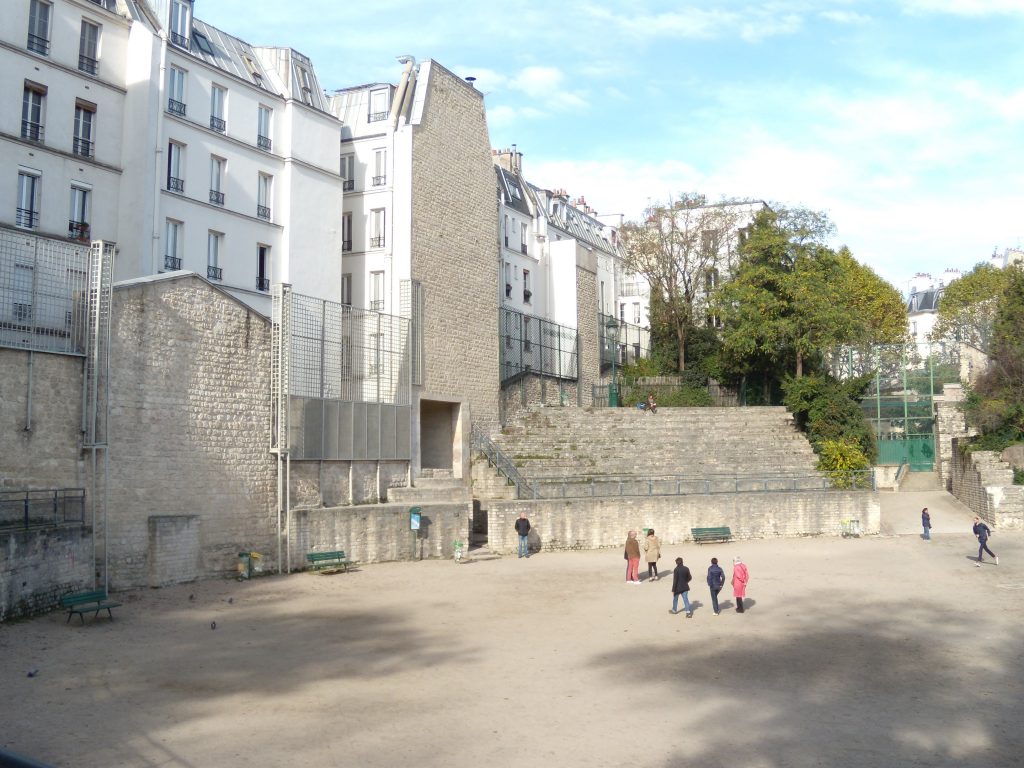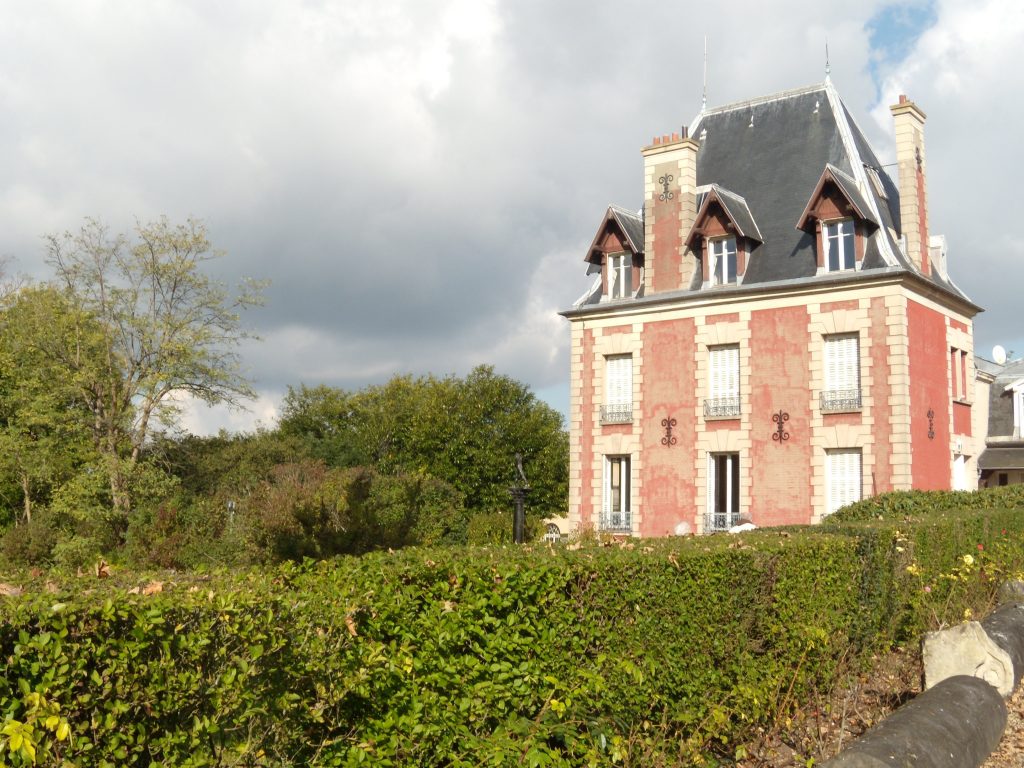To celebrate the imminent release of Ari Aster’s much-heralded movie Hereditary (which I cannot wait to see), Guardian film critic Peter Bradshaw posted a list of his Top 25 scariest horror films ever. I very much enjoyed looking over his list. But as so often with these kind of rankings it offered more questions than it answered. What exactly is a scary movie, and will the criteria for scariness be different depending on who is watching, how many horror films they’ve seen previously, what they prefer more generally both in terms of cinema and horror literature. Of course they will be – and that only makes the question more interesting.
The question I asked myself most frequently while reading Bradshaw’s list was: OK, but is that really scary? Is American Psycho, for example, actually scary? There’s blood and there are bodies – or at least body parts (a lot of body parts) – but the mood of the movie is so blatantly satirical (it might be contentious to say so, but it’s played more for laughs than for terror) I can’t remember being scared even once while I was watching it. Disgusted? That was the whole point. Horrified? Sometimes. But scared? I honestly don’t think so.
Zombie movies (with one or two honourable exceptions – see below) don’t scare me, period. Neither do slasher movies, surely horror cinema’s most boring subgenre and yes I include Hallloween in that judgement. Torture porn I choose not to watch because it’s cheap and lazy and – once you get over the vileness of it – also really boring. Carrie isn’t scary, the overwrought, trope-laden The Babadook certainly isn’t scary, and The Silence of the Lambs isn’t a horror movie, it’s a crime drama – like David Fincher’s Se7en, the emphasis is very much on the solving of a mystery, the unravelling of clues, not the evocation of dread that is essential to a true horror movie (anyway, Zodiac is scarier just by virtue of the opening scenes).
Any brand of scary that depends on jump-scares gets an automatic red card from me. And am I the only person on the planet who didn’t find The Exorcist frightening? Maybe I would have done if I’d seen it when I was younger but by the time I finally caught up with it – sometime in the 90s – the Catholic psychodrama felt very old fashioned and I’d seen the set pieces so many times they’d become part of the lexicon. I much prefer Daniel Stamm’s 2010 The Last Exorcism. Masquerading as a documentary, The Last Exorcism is bleak and brilliant and underappreciated. I had my hands over my face for multiple scenes. I think it’s due a revival.
Three of the films on Bradshaw’s list – The Wicker Man, The Shining and Don’t Look Now – would count among my favourite pieces of cinema, but as scary movies, The Wicker Man and Don’t Look Now are too reliant on their devastating final scenes, The Shining is magisterial rather than terrifying, just a great film. And again with Get Out, one of the most original additions to the canon in recent years, it is the social satire that does most of the work, with the horror movie elements more as knowing nods than outright scares.
By now, most of you are probably thinking I’m a spoilsport who’s seen too many horror movies and there may well be something in that. After a while, you get inured to the tropes. For some, it is a badge of honour not to be scared, to sit there with your arms folded going yeah right – I have definitely been guilty of that, on numerous occasions! And yet, as I began trying to decide what my own Top Ten would be, I did see a pattern beginning to emerge. The elements that scare me most in horror cinema have to do with a gradual slide into abnormality, a mounting sense that something is wrong here and there is no way out. Claustrophobia and loss of autonomy rather than savagery. The threat of violence, rather than blood and hacked off body parts. This is probably why I often enjoy the set-up in horror films so much more than the denouement – a variant on the rule ‘don’t show the monster’.
So, after much internal argument, are my Top Ten Scary Movies. Some people will say I have cheated – there are actually seventeen films listed here – but Peter Bradshaw had twenty-five, so what the hell…
10) Suspiria (Dario Argento 1976) The Beyond (Lucio Fulci 1981) I recorded Suspiria off the TV sometime in the late 1990s and had it stashed away on a VHS tape for months because I was too scared to watch it! I hadn’t seen nearly as many horror films back then and was more susceptible to hype. Suspiria was considered ‘most scary’ by so many critics I wasn’t sure if I could take it. I finally watched the ‘making of’ documentary to acclimatise myself and immediately became so interested in the film I saw Suspiria itself the following evening. And of course it wasn’t scary in the way I’d been expecting – it’s way too over the top for that – but it was scary in a different way, and also like nothing else I had seen up to that point. The opening sequence by itself would be notable, and brilliant, and it’s always this scene of confusion and torrential rain – not the barbed wire one – that remains most potent in my memories of Suspiria. The soundtrack (by Goblin) is famous and justifiably so as it presents a defiantly original approach to scoring a horror film. The gradual slide into madness, the increasing extravagance of the imagery make Suspiria one of the most convincing evocations of nightmare seen on screen, and it is this – its defining illogic – that makes Suspiria worthy of a place in the most scary canon.
I’m including Fulci’s The Beyond in this spot too – my giallo double bill – because it reminds me of Suspiria in so many ways. Again, this was a film I’d heard so much about I was nervous of watching it. More than a few trusted horror comrades pronounced it terrifying, so it would perhaps seem churlish of me to say that I really enjoyed it! Like Suspiria, it is essentially a haunted house movie, but the sheer lunacy of it – the gradual stripping away of reality itself – makes it a genuinely horrible thrill ride and also rather daring.
9) [Rec] (Jaume Balaguero 2007) Here’s that zombie movie I mentioned earlier. Regular readers of this blog will know I’m fond of found footage movies, and this remains one of my favourites. A young TV reporter and her cameraman embed themselves with a team of Barcelona firefighters working the night shift. The evening starts off pretty boring, but then a call comes in from an apartment building suggesting that one of the residents may be trapped… [Rec] is scary because it unwinds in real-time – the film is just 78 minutes long but what a 78 minutes – and the sense it gives to the viewer of actually being there is brilliantly sustained. I spent most of the final ten minutes of this film with my hands over my eyes and that does not happen often. Result! (Honourable mention in this category: Trey Edward Shults’s It Comes at Night, from 2017. More than just a zombie movie, and full of dread. I loved it.)
8) Wolf Creek (Greg Mclean 2005) What raises Wolf Creek above run-of-the-mill torture porn for me is the director’s audacity with regard to the set-up. The best thing about this movie is that for the first half of the run-time, nothing happens. We get to know the characters – your usual bunch of gap-year students – their relationship to one another, their minor feuds, the escalating tensions between them. What happens next is appalling precisely because it irrupts without warning into ordinary lives – lives we feel we’ve come to know intimately. I saw this film shortly after I moved to London in 2005, an afternoon screening, and still remember the sense of dislocation I felt on re-emerging into the light. I remember hurrying to the station, anxious to get home, even though I was safely shielded by hundreds of shoppers on Tottenham Court Road! I remember one of the characters’ final words – ‘So long, Wolf Creek’ – before everything begins to go wrong. An engine that won’t start – that’s all it takes. Still chills me, even now.
7) Le Boucher (Claude Chabrol 1970) And Soon the Darkness (Robert Fuest 1970) If I were to see either of these films for the first time now, I would probably not include them in this list. Their importance to me stems from the impact they had on me when I did see them – when I was about sixteen, I reckon, certainly before I left home. I hadn’t realised until I checked the dates for this post that they were both released in the same year, but it makes total sense. Both films are set in small French rural communities, each with something disturbing and hidden at its heart. The sense of creeping dread – something is wrong here – is paramount, and the seminal moments (the spinning bicycle wheel in And Soon the Darkness, the bloody hand hanging over the cliff edge in Le Boucher) leave you with your pulse racing. These films offer a fascinating snapshot of the original 1970s brand of folk horror.
6) A Field in England (Ben Wheatley 2013) I loved this film. I also found it horribly disturbing, frightening in ways I cannot adequately explain. One of those rare films that makes you feel changed in the act of watching it. Wheatley’s debut feature Kill List has rightly become a horror classic but for me, A Field in England is scarier. (Spiritual father to A Field in England? Jerzy Skolimowski’s truly great 1978 movie The Shout, based upon a short story by Robert Graves. This film is terrifying because the viewer feels co-opted into the abuse of power that is going on, almost coming to believe in the shout themselves.)
5) The Thing (John Carpenter 1982) The Fly (David Cronenberg 1986) I’m listing these together under ‘body horror’. The Thing, ridiculous though it may seem, took me three goes before I could actually bring myself to watch it through to the end, mainly because of the opening half hour, which I still find unbearably tense, one of the most frightening sequences in horror cinema, again, because nothing happens but you know it’s going to. This movie is so much better than Halloween. The Fly counts as one of those films I had to psych myself up to watch, I’ve now seen it three times and it is still hideously unnerving, the ultimate loss-of-control movie. My scariest moment? When Brundle is looking at the data readouts after the first teleportation and begins to appreciate the full horror of what is happening to him.
4) The Blair Witch Project (Myrick/Sanchez 1999) Paranormal Activity (Oren Peli 2007) My found footage faves! Anyone interested in horror cinema needs to watch these, basically. They’re both ultra-slow burn, both contain moments of genuine terror. When Heather realises they’ve been walking in circles. When the timer on the digital camera reveals that Katie has been standing motionless by the bed for three hours. Brrr. Brilliant.
3) Audition (Takashi Miike 1999) Ringu (Hideo Nakata 1998) How can you sum up Audition? Most people remember the needle scene, but for me the most terrifying moment in Miike’s film involves a woman sitting alone in an empty room with a telephone that doesn’t ring and a folded-over burlap sack. It was only on my third viewing of Audition that I began to properly understand its timeline, which appears to be linear when you first watch the film but is so…not. Ultimately, Audition is a tragedy, about loneliness, grief and abuse. It is also a brilliantly executed piece of cinema. Much the same could be said of Ringu, which actually came out a year earlier and kick-started the ‘haunted video’ trope. Of course Nakata’s original is the best – elegiac, queasy and deeply strange – but Gore Verbinski’s 2002 US remake isn’t at all bad, either – the opening sequence is cover-your-face scary.
2) The Vanishing (George Sluizer 1988) Maybe it’s just that this film pushes all my buttons – loss of freedom, entrapment, deception, obsession, huge mistakes made for no reason – but my God it’s brilliant. And horrifying. I don’t watch it all that often because it still gets to me. Please do not watch the Jeff Bridges remake. The word ‘travesty’ does not begin to cover it.
1) Alien (Ridley Scott 1979) The word that covers this one is simply ‘iconic’. Alien has everything: narrative economy, groundbreaking aesthetic, superb characterisation, shit-your-pants tension. It also has Ellen Ripley. Still hard to believe that we’re coming up on Alien‘s fortieth anniversary because to my mind it hasn’t dated a day – you could put this out as a new movie and it would still be better than ninety-nine percent of everything you see at the multiplex. Alien defined an era and it would always be in my Top Ten, regardless of genre.
